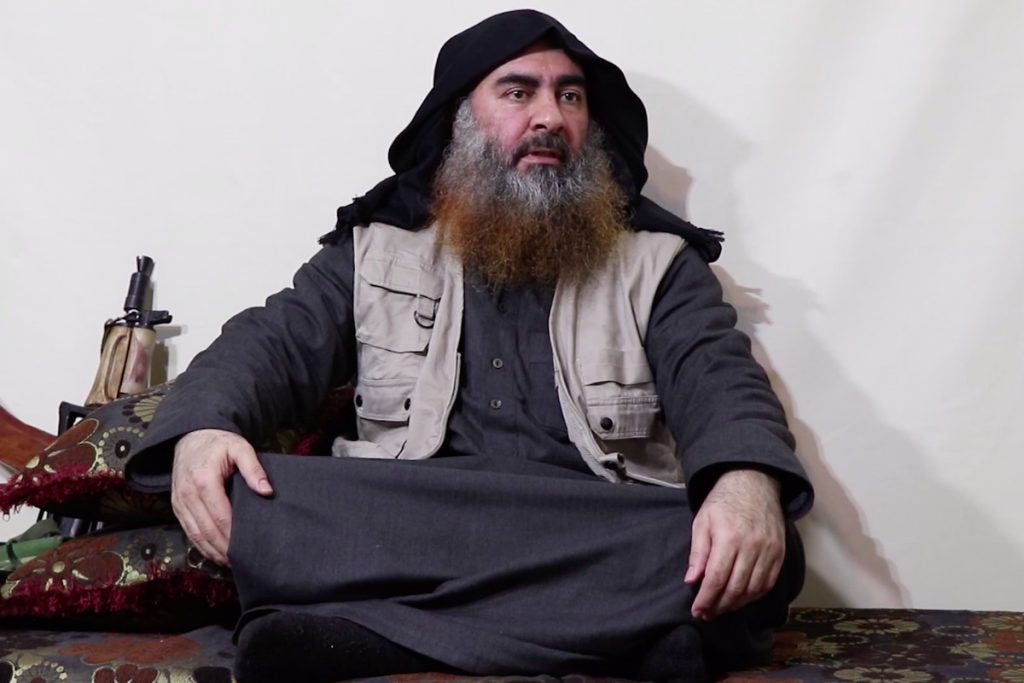Inside the Delta Force Raid that killed al-Baghdadi in Syria
United States Special Operations Forces drawn from the northern Iraq-based Expeditionary Targeting Force of Task Force 27 conducted a helicopter-borne raid, on October 26, into north-west Syria to kill or capture Abu Bakr al-Baghdadi, leader of Islamic State, also known as ISIL (Islamic State of Iraq and the Levant).
The mission, which apparently included a call-sign incorporating the birthdate (August 14) of Kayla Mueller in recognition of the American hostage held and abused by al-Baghdadi, resulted in the death of the ISIL leader along with an unknown number of his followers (initial reports indicated that the mission itself was named after Mueller but there is still some confusion about the operation’s actual name).
Targeting information was gained from the interrogation of one of al-Baghdadi’s wives and the wife of an ISIL courier, both captured earlier this year by the Iraqi National Intelligence Service. Syrian Democratic Forces (SDF) Kurds on the ground in Syria, likely working with Central Intelligence Agency (CIA) elements, apparently confirmed the location of the target by physical reconnaissance and surveillance of al-Baghdadi’s compound.
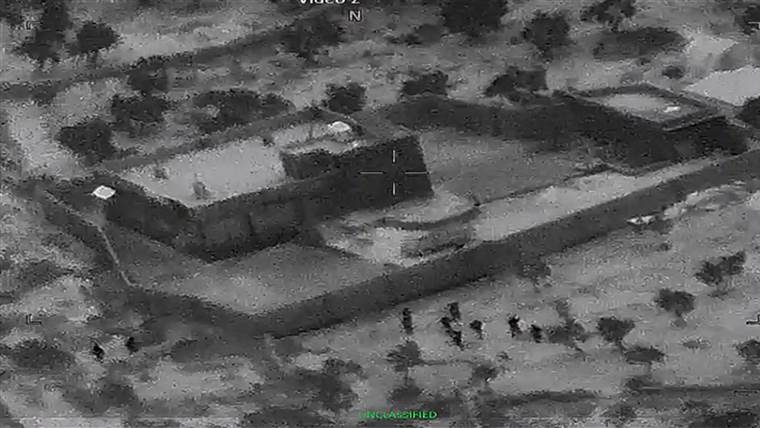
On the night of the mission and following two earlier aborted attempts, the Task Force helicopters flown by the 160th Special Operations Aviation Regiment (Airborne) launched from an undisclosed location at around 23:00 local time for the 70 minute-long flight over contested territory. Inside the helicopters were members of A Squadron of the 1st Special Forces Operational Detachment-Delta (Airborne), better known as Delta Force or by its various cover identities such as Combat Applications Group or CAG.
Along with the assaulters and snipers, an explosive ordnance disposal (EOD) team would have been included in the manifest along with a number of dog handlers and their Belgian Malinois combat assault dogs (CADs). Reportedly an unidentified ‘military robot’ unmanned ground vehicle (UGV) was also brought along but was ultimately not deployed.
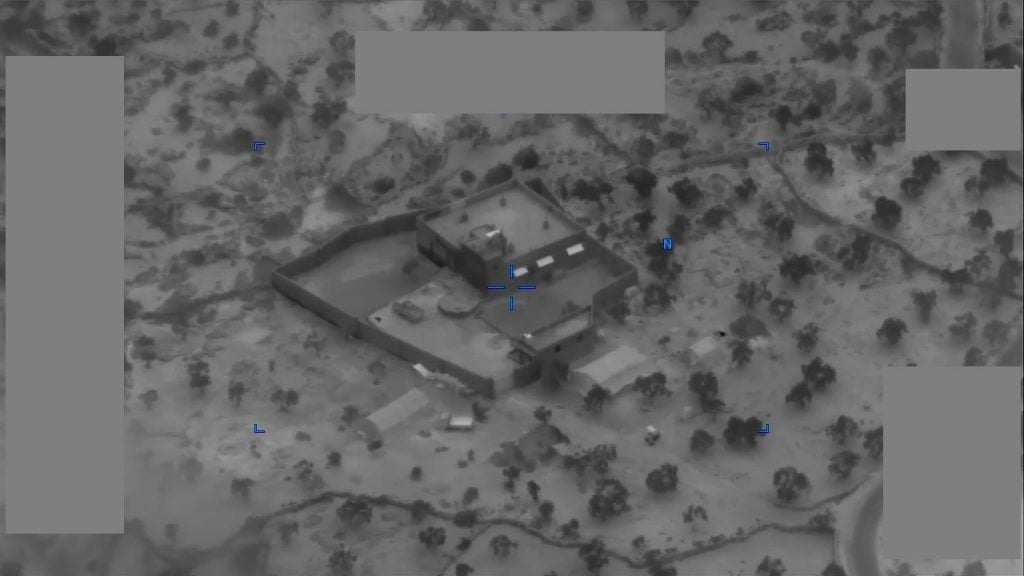
Russia and Turkey were notified of the flight for de-confliction purposes. The target itself was located outside the small village of Barisha in Syria’s Idlib Province only a scant five kilometers from the border with Turkey. The mountainous region is known as a smuggler’s transit point and is nominally controlled by the jihadist insurgent group Hayat Tahrir al-Sham (HTS) although reports indicate both ISIL and Hurras al Din (HAD), mainly former Syrian al Qaeda members who have been traditionally hostile to ISIL, are active in the area.
The targeted stronghold appears to have been a compound that was recently purchased by an ISIL commander from Aleppo for the express purpose of housing al-Baghdadi possibly for a meeting with HTS. A number of tunnels apparently led away from the main residence although when these were constructed and for what reason is unknown.
The eight helicopter package likely consisted of two DAPs (Direct Action Penetrator), a heavily armed variant of the MH-60 flown by the 160th SOAR; two MH-60s carrying sniper teams from Recce/Sniper Troop tasked with both aerial overwatch and acting as ‘cut-off’ groups able to be inserted to deal with any ‘squirters’ from the main compound; two MH-47s carrying the main ground assault force; and two MH-60s or MH-47s serving as aerial command and control, IRF (immediate reaction force) and CSAR (combat search and rescue).
Several reports note that the helicopters received ground fire during the infil to the target although this was likely opportunistic and not related to any concerted defence of the target compound. Upon depositing the ground assault force on the objective, there appears to have been a firefight with several enemy killed.
A member of the assault force, likely either an Iraqi translator or a Jordanian operator, called out to the occupants of the compound in Arabic to give themselves up but to no avail. The compound walls were then breached explosively and a number of enemy were shot and killed within the compound buildings during the clearance phase. A number were also captured.
Two of al-Baghdadi’s wives, both wearing SBIED (suicide bomb improvised explosive device) vests were also shot and killed. al-Baghdadi himself reportedly fled from the compound down one of the tunnels and died when he detonated a SBIED as a CAD was closing in or was already upon him. Three of al-Baghdadi’s children were killed when he detonated his SBIED vest.
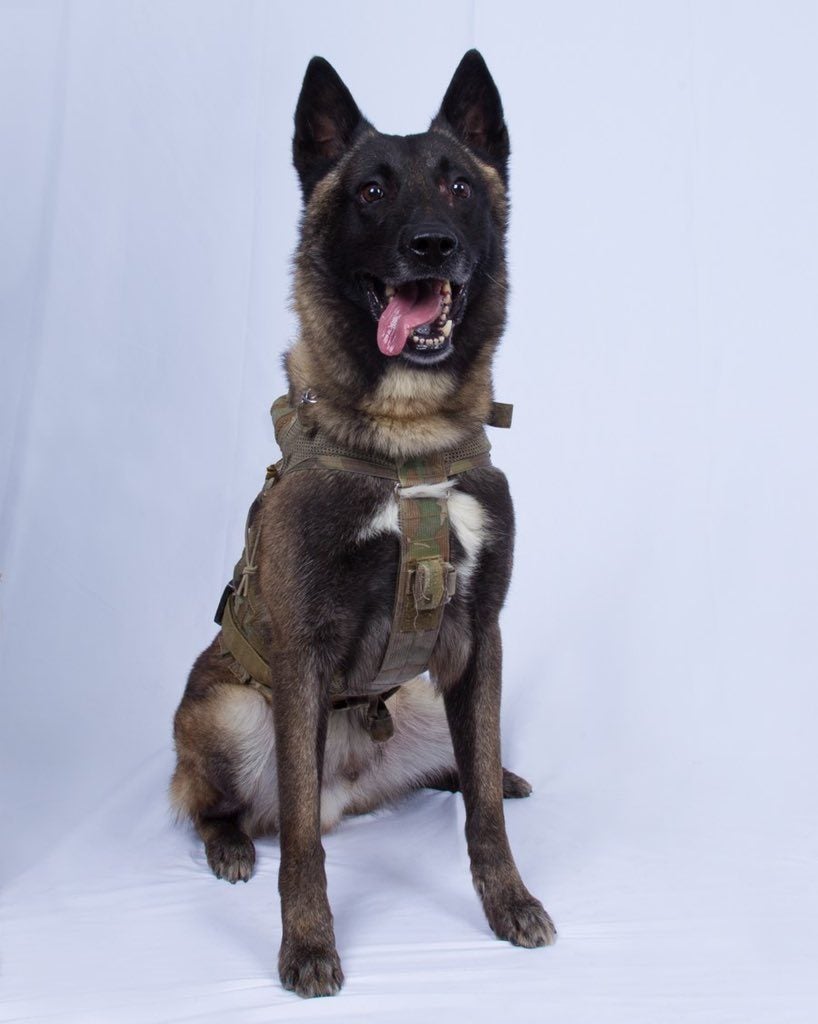
The CAD was wounded either by the SBIED or by the partial collapse of the tunnel but was recovered and treated at the scene and has subsequently returned to duty (Conan the female Delta CAD pictured above from a file photo provided by the White House). Two operators also received light wounds, the nature of which is unclear at this time. Apparently as the teams began the SSE (sensitive site exploitation) phase of the operation, up to eleven children were recovered in the compound and entrusted to a local for safe-keeping by the operators.
The positive identification of al-Baghdadi’s remains was conducted on the objective using DNA profiling as portable facial recognition software may have been unable to be used dependent on the state of the body which by all accounts was torn apart by the SBIED vest. The remains have now been apparently buried at sea in a similar fashion to Usama bin Laden’s body following the successful 2011 Operation Neptune Spear.
The target compound was later razed to the ground by US airstrikes. Thus far only two indicators of the raid have been recovered and shared on social media – a 40mm HEDP (high explosive dual purpose) grenade likely fired by an operator’s M320 or similar 40mm launcher; and a spent 30mm casing from an M230 chain gun deployed on both the AH-64 series Apache, and the Direct Action Penetrator (DAP). Considering the mission, the employment of the DAP is far more likely than Apache.
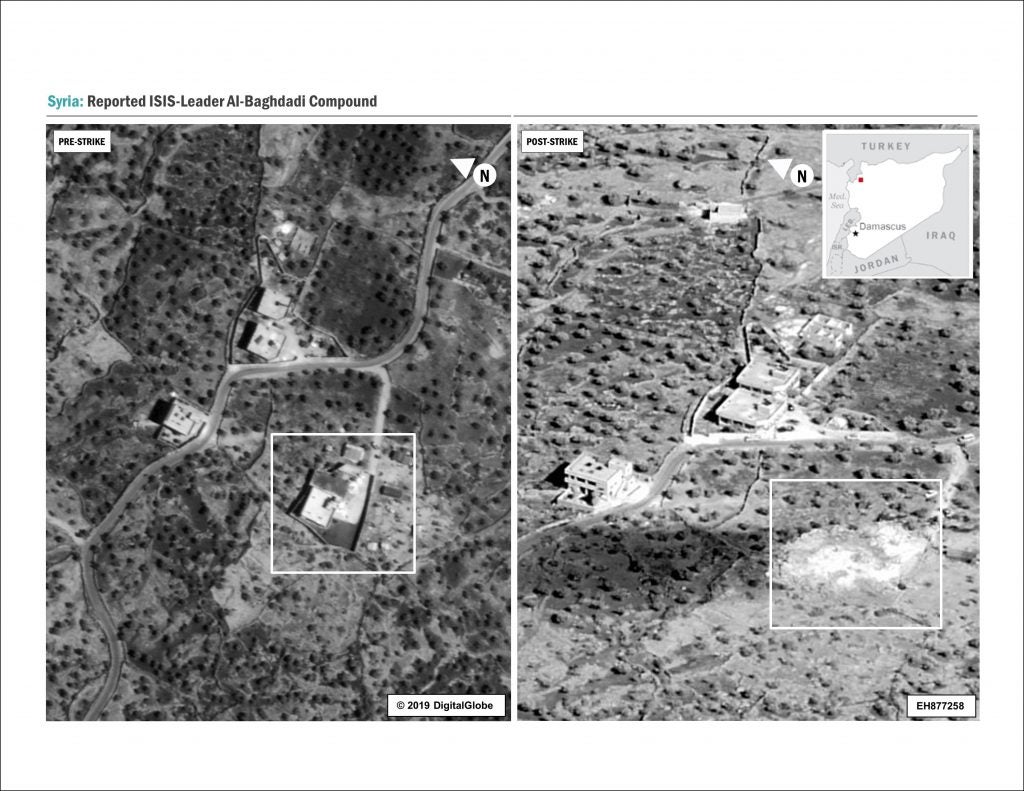
In related news broken by Newsweek, Abu al-Hassan al-Muhajir, ISIL’s media spokesperson and number two, was killed on October 27, by an apparent drone strike by MQ-9 Reapers near Ayn al-Bayda, near Jarablus in Aleppo Province.
It is currently not clear if his death was the result of intelligence procured from the SSE of the al-Baghdadi compound or provided by SDF sources. It is alleged he was in the area to facilitate al-Baghdadi’s covert movement through the area and would have been involved in any planned meeting with HTS.
A third operation targeting ISIL high value targets also occurred in Jarablus itself some five kilometers from the October 27 strike, which is under Turkish control, with reports of multiple helicopters inserting US operators and capturing a number of Iraqi nationals. The operation apparently was concluded without a shot being fired.
There has been questions raised about the probable launch location for the Task Force with both Erbil in Northern Syria and al-Assad Air Base, both long-time JSOC forward operating locations, mentioned by the press. Both, however, are outside of the 70 minute flight time mentioned by President Trump.
Overt Defense suspects that a temporary Forward Arming and Refuelling Point (FARP), possibly at Kobani, was established and the raid force flew to this location before launching the final stage. Historically, JSOC typically temporarily stations a Quick Reaction Force (for Delta operations either provided by the Unit itself or Rangers) closer to the target to allow speedy reinforcement.
Delta also typically deploys with elements of the JMAU or Joint Medical Augmentation Unit forward deployed to enable immediate high level medical care to be provided to wounded operators. The 160th SOAR would also likely have preferred access to a FARP site within Syria to rearm (and refuel) their DAPs should it become necessary. Taking these factors into account, a forward launching location within Syria itself was almost certainly employed.
Update October 31 – following a Pentagon briefing by Marine Corps Gen. Kenneth F. McKenzie Jr., commander of U.S. Central Command, a number of issues were clarified:
- al-Baghdadi killed two not three children when he set off his SBIED. Baghdadi may have fired from tunnel.
- Two male ISIL members were captured on the objective and were exfiltrated with the assault element. One was possibly an informant but no confirmation.
- The number of ISIL killed combatants on the objective now stands at five including four women (including the two wives who wore SBIEDs)
- All combatants were challenged in Arabic by the operators before being engaged. Warning shots used as combatants advanced on assault force.
- Assault force were worried that house might be rigged with explosives
- Conan the CAD was injured by live electrical wiring exposed in the tunnel rather than by al-Baghdadi’s SBIED. Conan is a veteran of “approximately 50 combat missions” and has now returned to duty.
- Confirmed that a Syrian ‘staging area’ was indeed used as launch pad
- An unspecified number of local militia fighters, likely HTS rather than ISIL, fired upon the helicopter assault force as they neared the objective. These gunmen were decisively engaged by DAPs and “killed by two airstrikes by supporting helicopters”. From one video shown, it appears at least one group was engaged by 30mm cannon fire. These groups included a number in or around a white minivan that was shown with impacts from both M134 minigun and M230 30mm cannons.
- “US-only operation, no other nations participated” which indicates against reports that French operators may have accompanied the raid force (based on reports that intelligence on the target was received from a French intelligence managed mole in al-Baghdadi’s inner circle). Also means that the tactical call-out was performed by an Arabic speaking operator.

